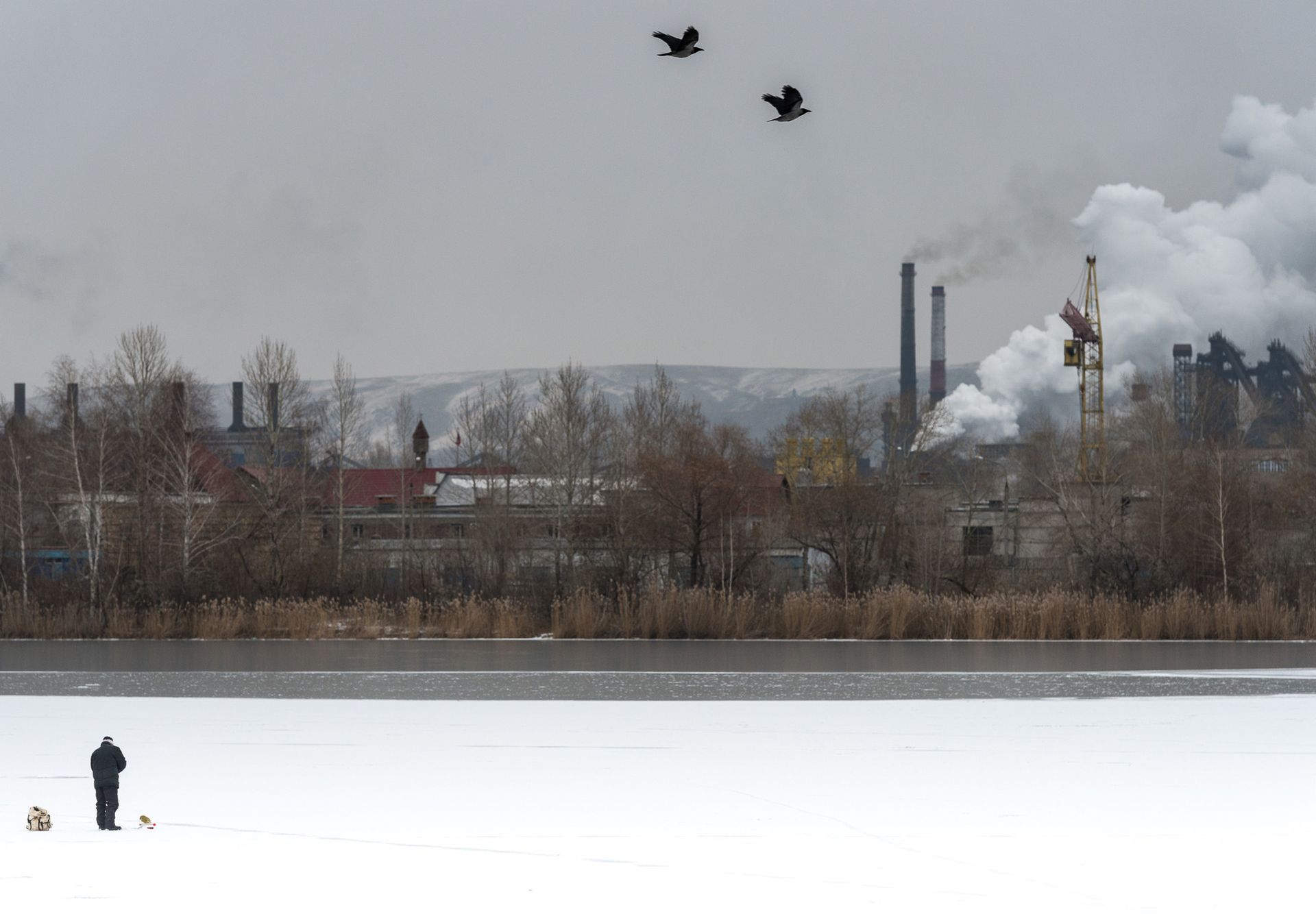Nadezhda, or Hope, is the name of a district in Norilsk, regarded as one of Russia’s bleakest, most polluted cities. It was founded in the Stalin era as a metallurgical and mining centre, as well as the heart of the gulag system of labour camps. It is home to MMC Norilsk Nickel, which is the world’s biggest producer of nickel and palladium.
Now it is the centerpiece of Nadezhda: the Hope Principle, a contemporary art exhibition of works by Russian and foreign artists organised by the Austrian Cultural Forum Moscow (AKFMO). The show opened at Trekhgornaya Manufaktura, a former textile plant, on 22 September (until 25 October) as a special project of the sixth Moscow Biennale of Contemporary Art (until 1 October).
The artists involved were sent to several of Russia’s major industrial centres, including Norilsk, Magnitogorsk, Yekaterinburg and Ivanovo, to document and examine from an artistic perspective its industrial heritage.
Foreigners need special permission to enter Norilsk, which is vetted by the Federal Security Service (successor to the KGB), so that part of the Nadezhda project was limited to a Russian photographer, Elena Chernyshova, and a sculptor, Dmitry Kawarga. One of Chernyshova’s photographs depicts a blood-red sign spelling out Nadezhda in Russian—like a Norilsk version of the Hollywood sign—with snow-covered ground and a factory, smoke-spewing pipes and blue skies in the background.
“For some reason, it [the district] is called Nadezhda [Hope],” says Simon Mraz, the director of AKFMO, who conceived the exhibition and was inspired to call the exhibition “Nadezhda” after seeing Chernyshova’s photograph.

Mraz says that the idea for the exhibition was born three years ago when he visited Magnitogorsk, which became famous for a vast steel plant built in the 1920s and 30s with American industrial designers. The German Weimar Republic-era architect Ernst May also brought in a team to build housing for the workers.
“There is a huge cultural heritage in this country that remains undiscovered,” Mraz says. “It’s interesting not only from the Russian perspective, because it’s more than just local history; it’s a global history. It gives you insight into how societies developed, into industrial history and into culture. There are important connections to the US, to Europe, which are often forgotten.”
The exhibition’s sponsors include the Aksenov Family Foundation of the Russian businessman Dmitry Aksenov, chairman of viennacontemporary art fair, and Basic Element, which provided original 19th-century factory space for Nadezhda at Moscow’s Trekhgornaya Manufaktura plant, now an office park.
Mraz is continuing to work on the exhibition. An updated version will open at Kunsthalle Wien at the end of 2016.

